
Special Experience
Hiroshima/Onomichi
World-class Fresh-caught Seafood and Sushi from the Best Fishermen and Chefs of the Seto Inland Sea
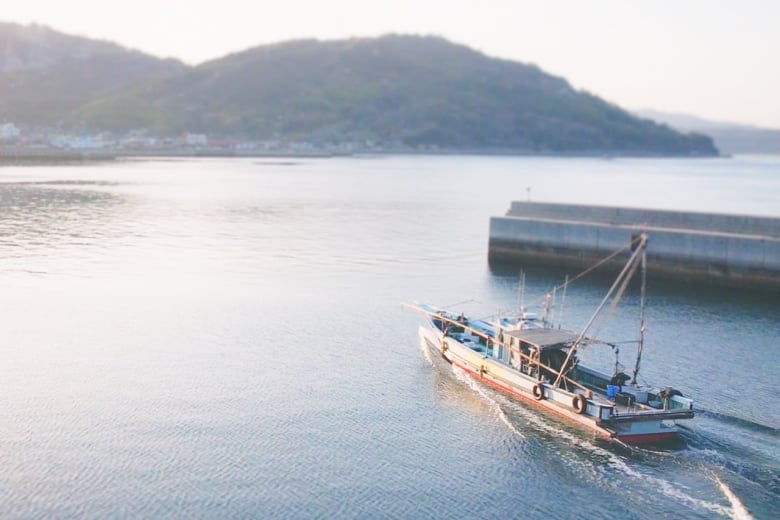

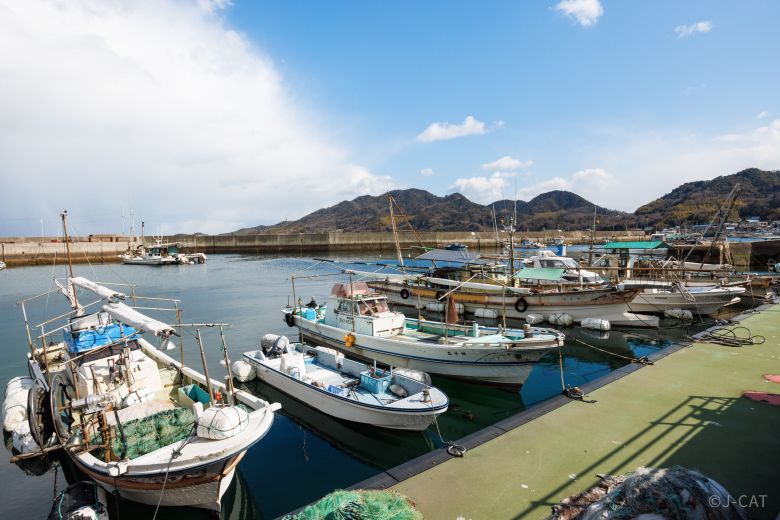
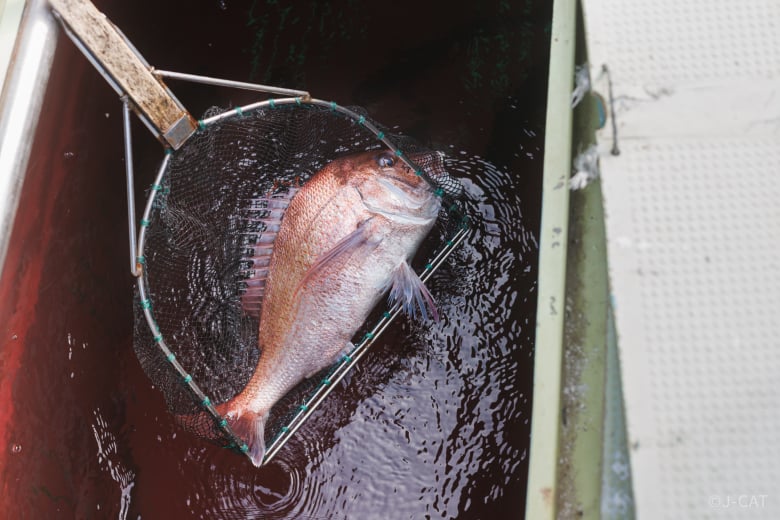

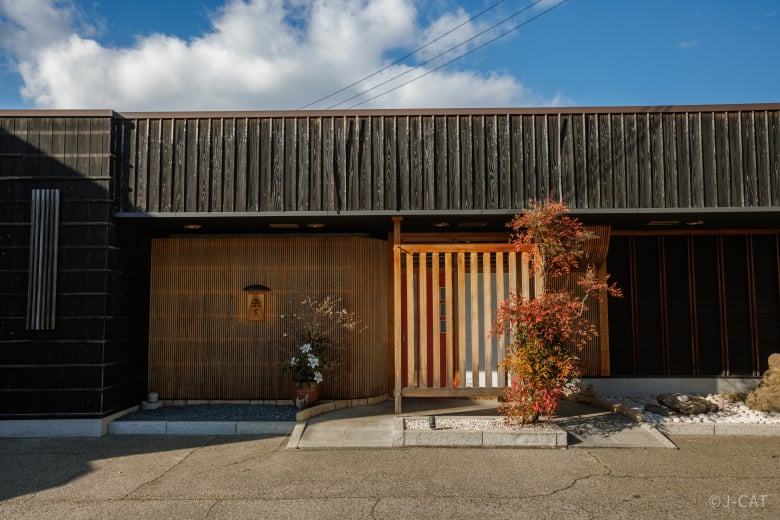

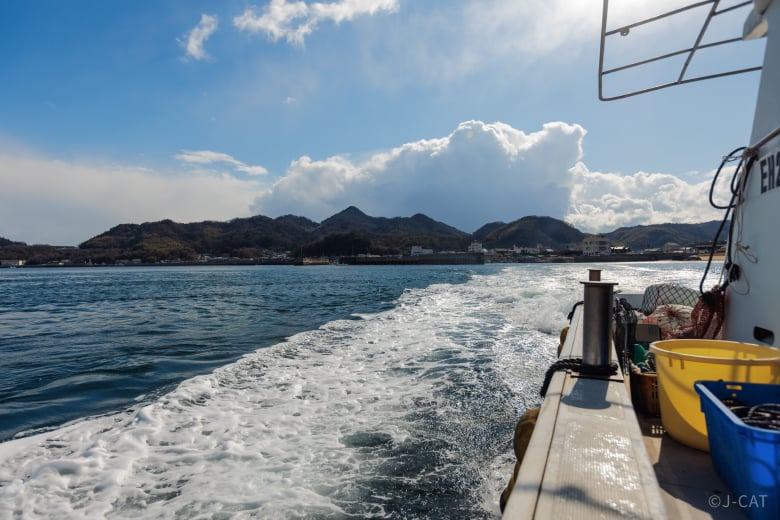
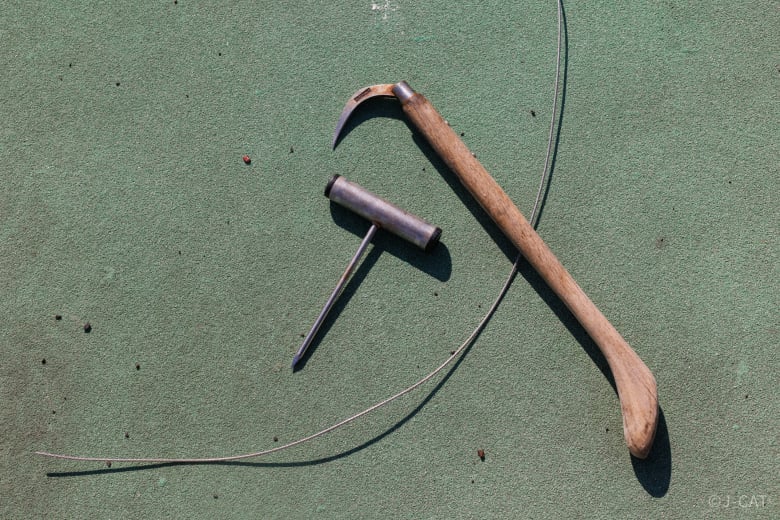
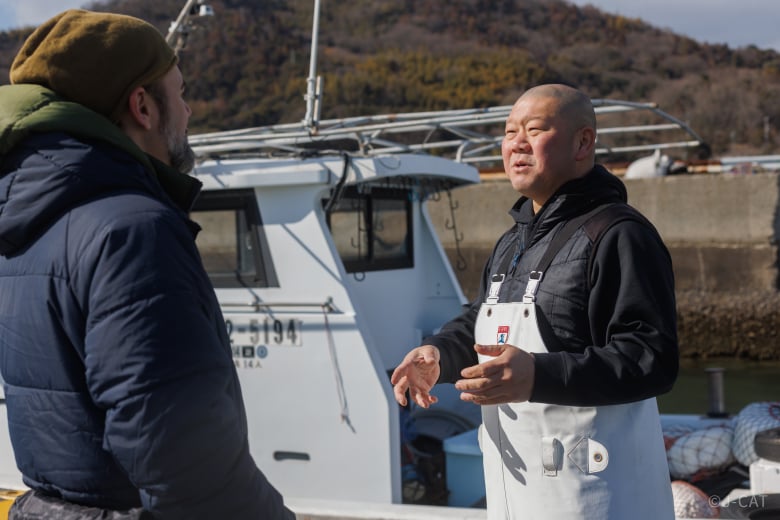
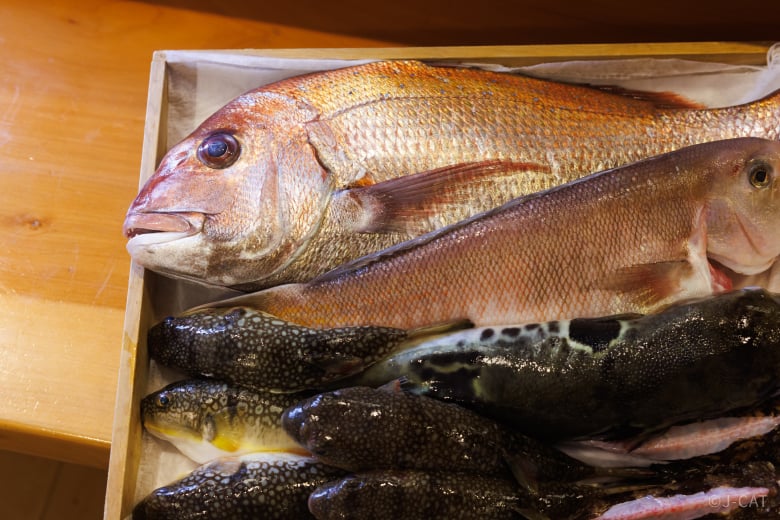
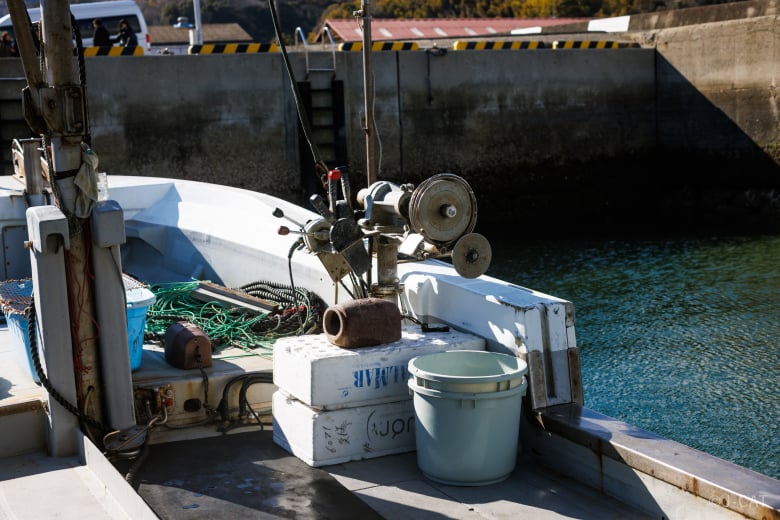
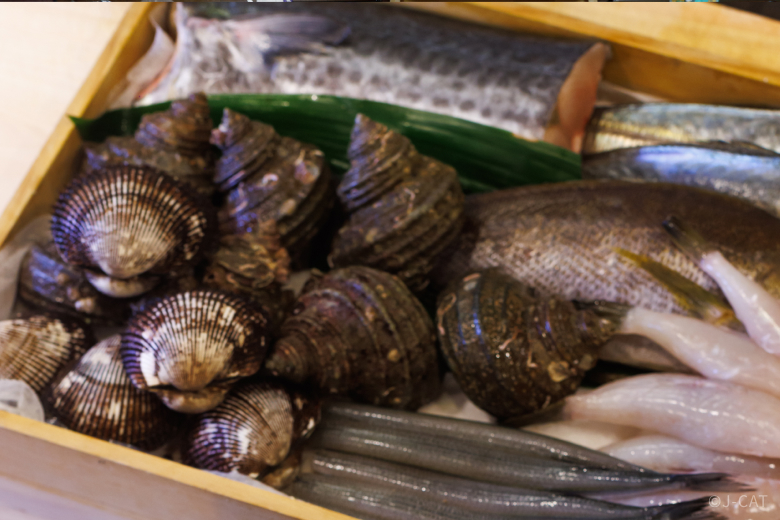
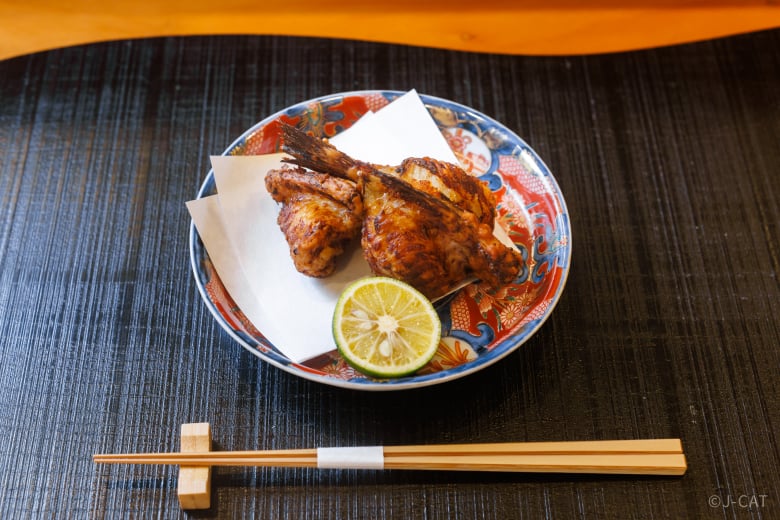
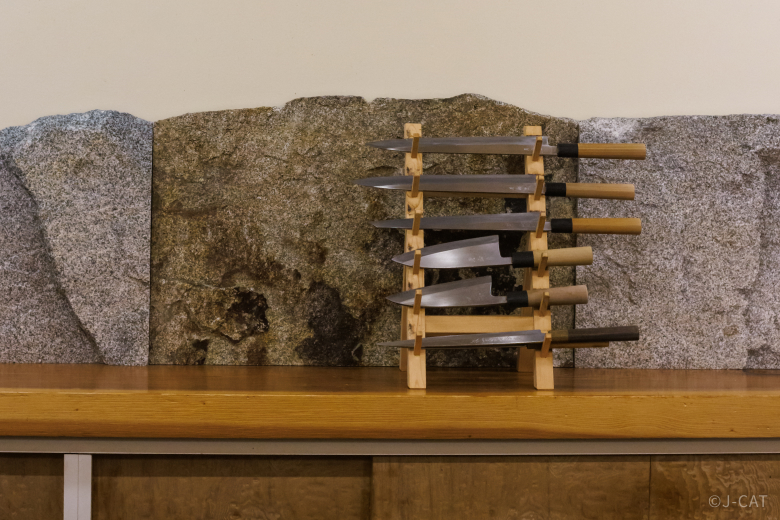
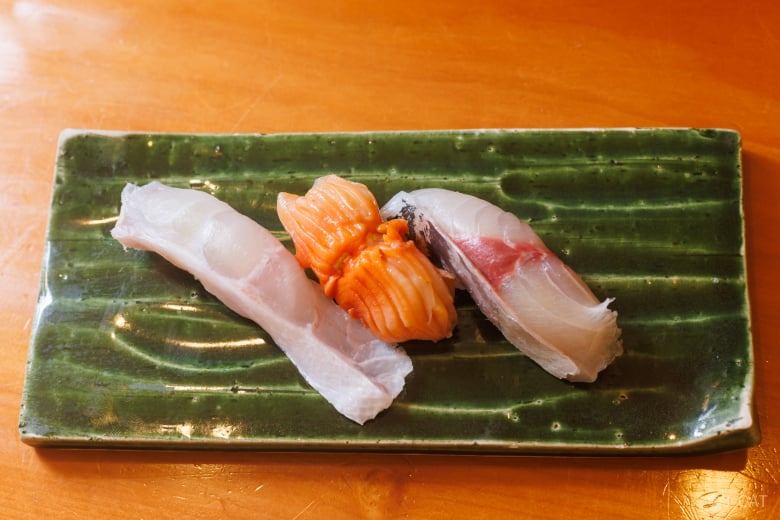
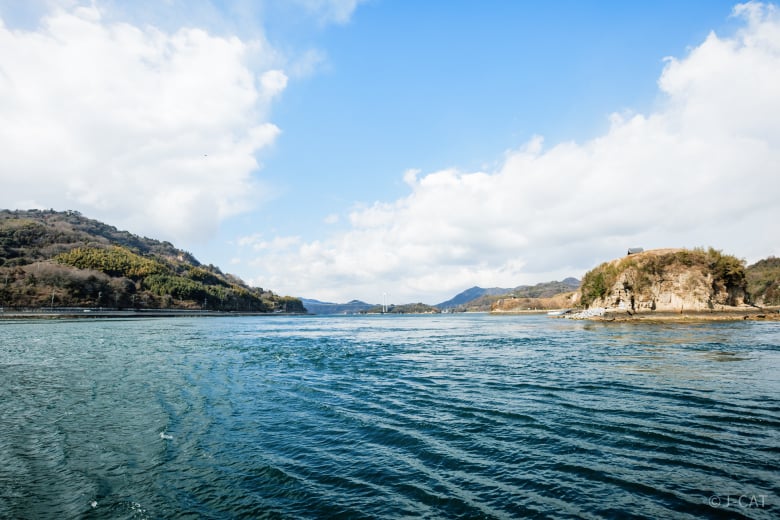
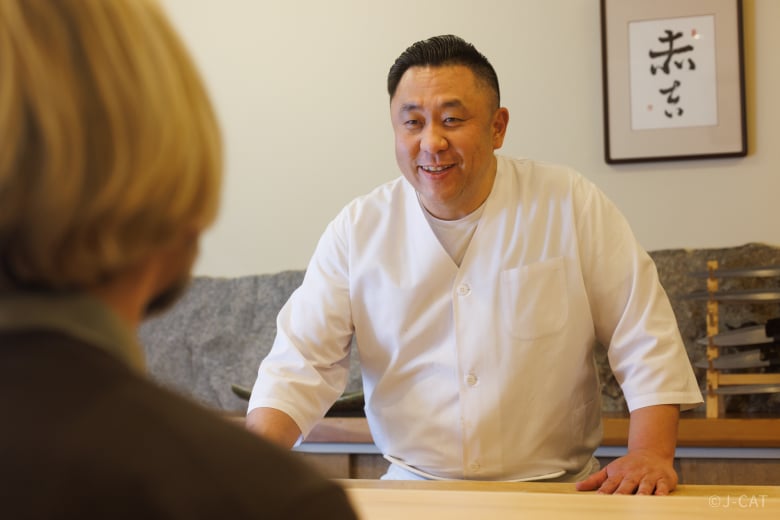
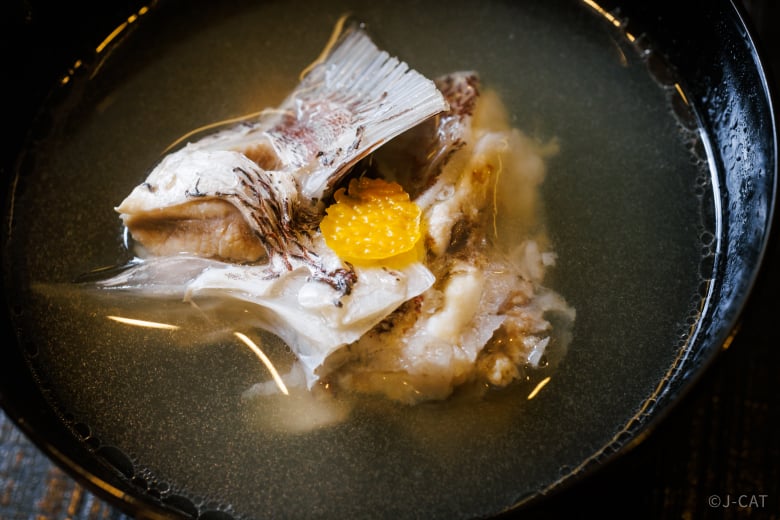
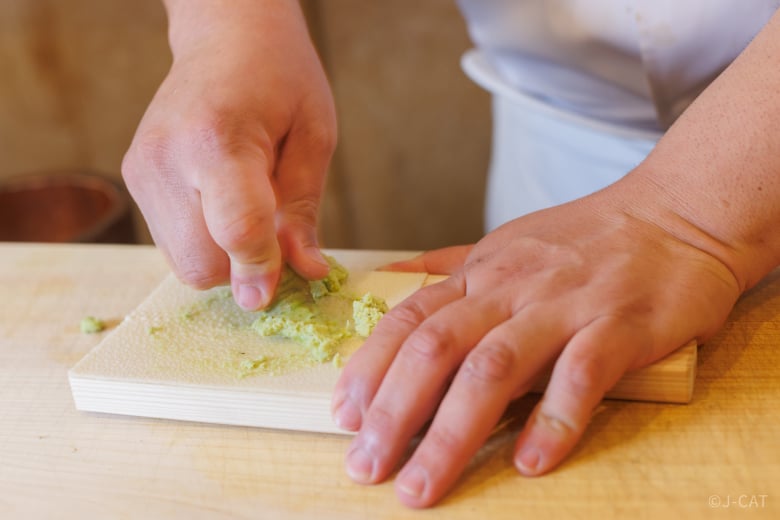
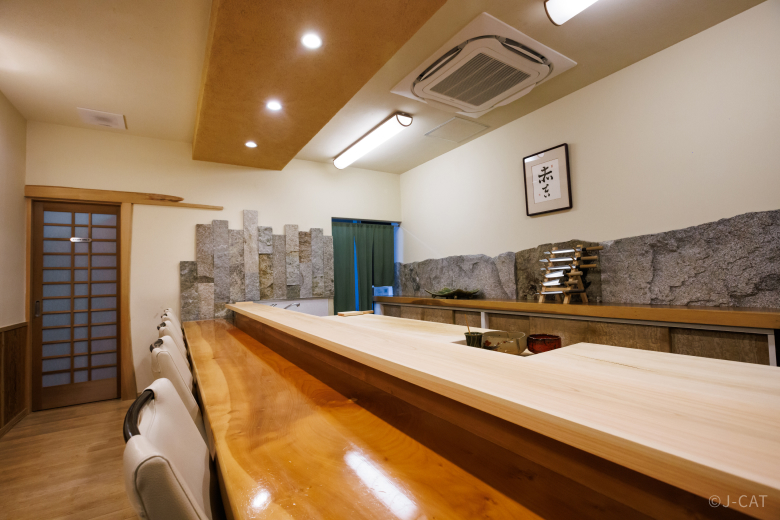
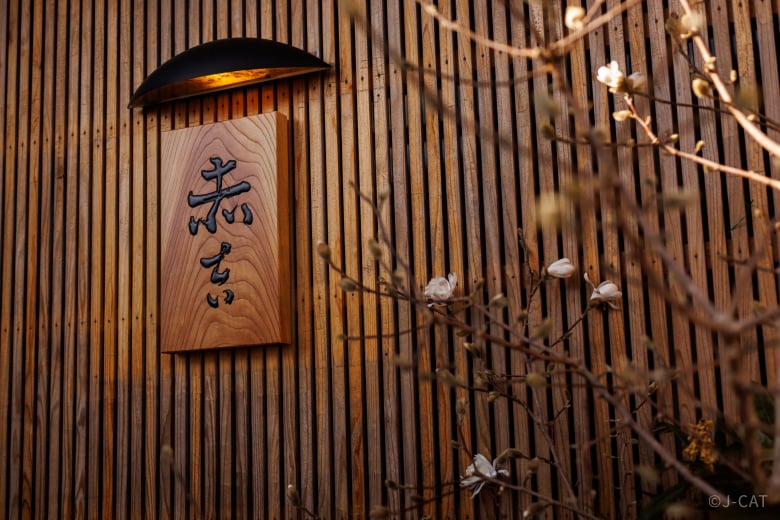
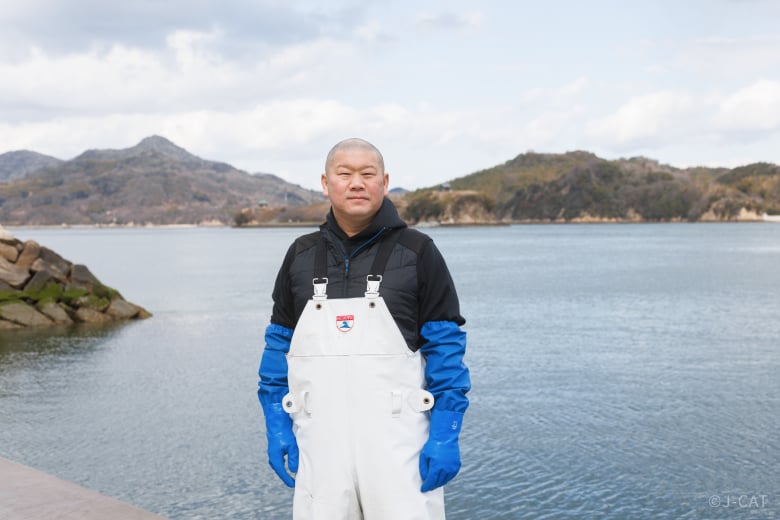
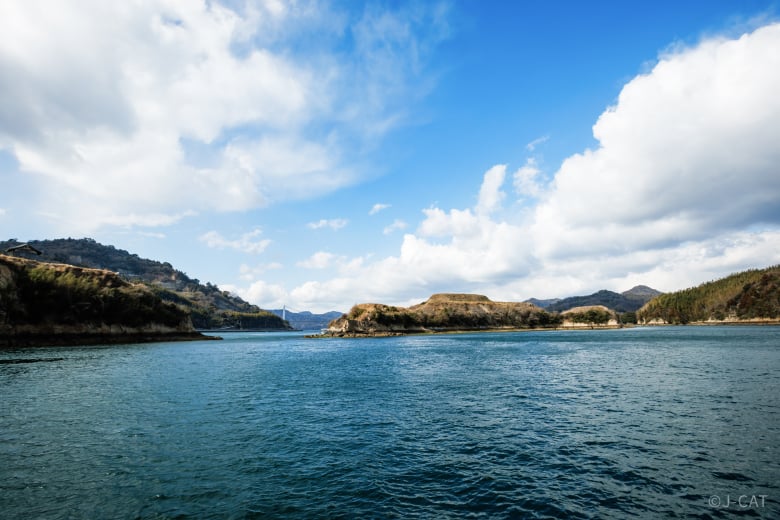
























Overview
Spoil yourself on unparalleled fresh-caught seafood– and the stunning beauty of the Seto Inland Sea – in a world-class private boat-to-table gastronomical experience with Wabunka at the revolutionary fishery and restaurant of Mizusaki. Learn how top grade seafood is caught, selected, and prepared using sophisticated methods pioneered by the current fourth-generation head fisher Junichi Fujimoto, or his apprentices. Discover the incredible confluence of scientific research, artisanal intuition, and family trade knowhow that has made Fujimoto hotly sought after by seafood restaurants across Japan and all over the world.
Key Features
・Up close viewing of the shinkei-jime technique that has made Mizusaki a hotly sought-after supplier to sushi restaurants
・Private dining at Michelin-starred Akakichi, featuring fresh-caught seafood by Junichi Fujimoto, a Gault & Millau Terroir Award winner, or his apprentice (drinks are not included in the experience fee)
・Gorgeous views of Hakatajima in the Seto Inland Sea, and its rich natural environment steeped in history
Hiroshima/Onomichi
300mins
from ¥572,000 /group
1 - 6 participants
Available in English
Cancel free up to 4 days prior
Details
Hakata-jima, a Lush Jewel of the Island-Hopping Shimanami-kaido Route
The Shimanami-kaido – as it is known to locals – is a marvel as much for its feats of modern engineering as it is for its breathtaking vistas. This winding network of bridges, purpose-built to carry not only car traffic but bicyclists across a once treacherous and nearly impassable series of straits and tidal rapids, also weaves through an impressive tapestry of history in geography and rich natural abundance. This is the Seto Inland Sea.

A view of the old pirate logistics base island of Michika-jima, and the Hakata-Oshima Bridge making up part of the Shimanami-Kaido, viewed from the direction of Hakata-jima
This particular stretch sits at the geographic heart of the sprawling but mostly land-bound sea. Here between Honshu’s Hiroshima Prefecture and the island of Shikoku lies a place of narrow straits, lush islands, and rocky islets. It was long the home of the Murakami kaizoku (often translated into English as “pirates,” though it literally means “sea tribe”), who controlled its vital shipping thanks to a monopolistic expertise and in navigating its craggy narrows and viciously ripping tides caused by the massive exchange of waters between the Seto and the Pacific.

A fresh-caught tai
As rich in natural bounties as it is in history, the Seto Inland Sea is also famous for its fish – and this plan offers the unique opportunity to experience catching them with a local fisherman, before dining on that catch at a nearby sushi restaurant. The sea abounds in many delicacies including tai (“sea bream” or “red snapper,” i.e. Pagrus major), blowfish, Hong Kong grouper, and multiple varieties of prized tilefish.
Junichi Fujimoto’s Quest to Full a Dream of Matchless Catch
It was in this fertile milieu that the dream of Fujimoto was born. Fourth-generation son to a line of fisherman, Junichi Fujimoto is the dream heir to any successful family trade. As a child, he had a special bond with his grandfather through the food the latter would bring home from his catches. And through this bond, he was awakened to the dream of his lifetime, one that has driven him to push the bounds of what seafood can be and garnered global acclaim.
.jpg)
Piloting a fishing vessel through the once pirate-controlled waters of the Murakami kaizoku – and a family trade into the future
“Many children in farming families love vegetables, but most children in fishing families hate fish,” Junichi begins with a storyteller’s knack for dramatic suspense. “Because vegetables sell by weight, farmers can keep the best ones for their families to eat. But each fish is its own specimen and commands its own price based on quality, so fishermen tend to keep and eat only those of too poor quality to sell. So our kids often grow up on the worst fish.”

Fujimoto on the dock explaining the concepts behind shinkei-jime to a visitor (shinkei-jime experience may be conducted by one of Fujimoto’s apprentices, or his son)
But his own grandfather took a different tack, teaching young Junichi from a very young age to pay attention to subtle differences in even the same kinds of fish, from size to age to gender to handling after being caught, and note that no two in fact tasted alike. “When I started developing preferences, he’d let me pick out the fish to eat myself.” He laughs. “Which is pretty crazy to let a kid do.”
Shinkei-jime and Beyond – The Art and Science of Flawless Fish
These childhood preferences sparked not only a lifelong culinary interest in cooking and dining for Fujimoto, but opened a pathway into curiosities about more technical and even scientific aspects of his family trade, and an obsessive passion for developing a systematic way to get the perfect-tasting catch – and only the perfect-tasting catch – every time.

Fisherman performing shinkei-jime on a locally-caught tai
Fujimoto had a solid foundation to start from. Japan is the origin of methods known as shinkei-jime, which refer to rapidly destroying the brain and spinal column of a living fish to induce instantaneous neurological death while causing the least amount of stress, suffering, and struggling in the fish – and minimizing muscle metabolism and waste buildup in its flesh. “If a fish isn’t rotten but it still has that so-called ‘fishy’ stink,” explains Fujimoto, “what you’re usually smelling is that it had a stressful death.”

A morning’s catch of local tai, blowfish, and other fresh-caught top shelf white fish varieties freshly delivered into Akakichi for transformation into sushi and other lavish dishes
Fujimoto has taken these already well-established techniques and built upon them through tireless research, developing an unprecedented holistic system for his relaxing his catch, choosing only the finest specimens to perform shinkei-jime on, and fishing sustainably for harmony between culinary and business success and the long-term health of the region. He has also trained a team of apprentices in these techniques to begin disseminating them.

Local shellfish and shiromi-zakana varieties prepped for the kitchen at Akakichi
In so doing, he has become the first fisherman in the world to ever receive the Gault et Millau Terroir Award, which honors food professionals tackling “unique challenges through … cuisine, while respecting the local climate, ingredients, and culture that have been nurtured in the region.” And in addition to supplying seafood restaurants all over Japan, he has also begun working with fisheries in Scandinavia and the Mediterranean as a quality consultant.
Akakichi’s Seafood – Standing Out as Something Special in the Land of Sushi
All of the above may begin to offer some hint as to just how Michelin-starred Akakichi – the local sushi restaurant that Fujimoto has partnered with in pursuit of his vision – has managed to stand out even in the country that gave the world sushi and sashimi in the first place.

The unassuming shopfront of Akakichi is all warm earth tones against the cerulean blues of the Seto Inland Sea
In fact, it was Fujimoto’s ardor that won over Chef Akase when the latter was at a crossroads in his own career. “I’d always loved sushi but I was quite drawn to French cuisine as well, and couldn’t make my mind up which to try to build my career on. But when I felt how passionate he was and saw what he could do, I knew this was the path I had to be on.”

Chef Akase’s masterful knifework on tai sashimi
But Fujimoto’s clientele also includes over 50 other Michelin-starred restaurants, and more than half of the Top 100 sushi restaurants on Japan’s leading restaurant review site. How does Akakichi stand out even in that lineup? Well, as easy as it is to forget in our digital age, connections and community are as much spatial and geographical as they are social. Akakichi is a proverbial stone’s throw from Fujimoto’s fishing grounds, meaning that first-choice catch can show up here within a matter of hours or even minutes of the moment of shinkei-jime.
Food Like Nowhere Else
And as two halves of a perfectly operating whole, these are men that very much share a vision. Their theme is as simple as it is unwavering – dishes that showcase the freshest local seafood and play best to its strengths.

Akakichi’s tai sashimi, prepared fresh on the spot by Chef Akase from fish caught less than an hour earlier
“First of all, we’re a whitefish only sushi restaurant,” explains Chef Akase, referring to Japan’s somewhat distinctive categorization of fish into shiromi-zakana (flakey fish with white flesh and lower concentrations of hemoglobin) and akami-zakana (meatier fish with red flesh and higher concentrations of hemoglobin, fat, and iron). “That might seem odd at first for people who are used to Edo-mae style sushi. But we don’t serve fish you can get at any big metropolitan restaurant in the world. We serve only what lives in the Seto Inland Sea. Because this is the only place you’re going to get it this fresh.”

Deftly prepared and stunningly fresh nigiri served up by Chef Akase
And despite this singularity of focus – right down to the locally-sourced wasabi, soy sauce, sudachi citrus, and salt served as trimmings to its sashimi – Akakichi serves up more than just sushi and sashimi. Fresh means local, which also means seasonal, so no two visits are apt to run into exactly the same selection of dishes. But a few standout examples include savory tai soup, masterfully fried blowfish, and a truly stunning Chuka-mushi (“Chinese steam”) of Hong Kong grouper.
A Real Taste of the Seto Inland Sea
A few bites will probably be enough to convince you that – unlike the impressive bridges soaring overhead to link a previously isolated chain of islands across once forbiddingly treacherous waters –there are simply no shortcuts.And if the culinary heights Fujimoto and Akase have managed to reach here in these fertile coastlands of ancient pirate lore and modern cycling paradise alone weren’t worth the trip, look around: the place is also stunning. Discover a Japan less seen – and rarely tasted – through this exclusive Wabunka experience.

A serene view of Hakata Island in the distance
Mizusaki Co., Ltd.
.jpg)
Mizusaki Co., Ltd.
Junichi Fujimoto of Ebisumaru
Ebisumaru is a sustainable fishery revolutionizing quality in seafood through a pioneering combination of research, intuition, and knowhow. It is run by fourth-generation head fisher Junichi Fujimoto, who has driven unprecedented advancements in techniques of shinkei-jime. Hotly sought after for his expertise by top seafood restaurants across Japan and the wider world, Fujimoto is also the first fisherman in the world to ever receive the Gault et Millau Terroir Award 2021.
Junji Akase of Akakichi
Akakichi is a Michelin-starred sushi restaurant specializing in the freshest-caught seafood of the Seto Inland Sea. Helmed by chef Junji Akase, the restaurant presents the finest of Fujimoto’s world-class shiromi-zakana catch through masterful Japanese cuisine centered around sushi, in an effort to open visitors’ eyes – and taste buds – to the joys of true freshness.
Location
Mizusaki Co., Ltd.
Imabari City, Ehime
Request for booking
Select first preferred date (JST)
January 2026
Sun
Mon
Tue
Wed
Thu
Fri
Sat

Instant Booking

Request Booking

17
Full

17
Unavailable
Hiroshima/Onomichi
300mins
from ¥572,000 /group
1 - 6 participants
Available in English
Cancel free up to 4 days prior
Things to know
Contact Us
If you have any questions, please contact us using the form below.
We also accept bookings from corporate clients and travel agencies.